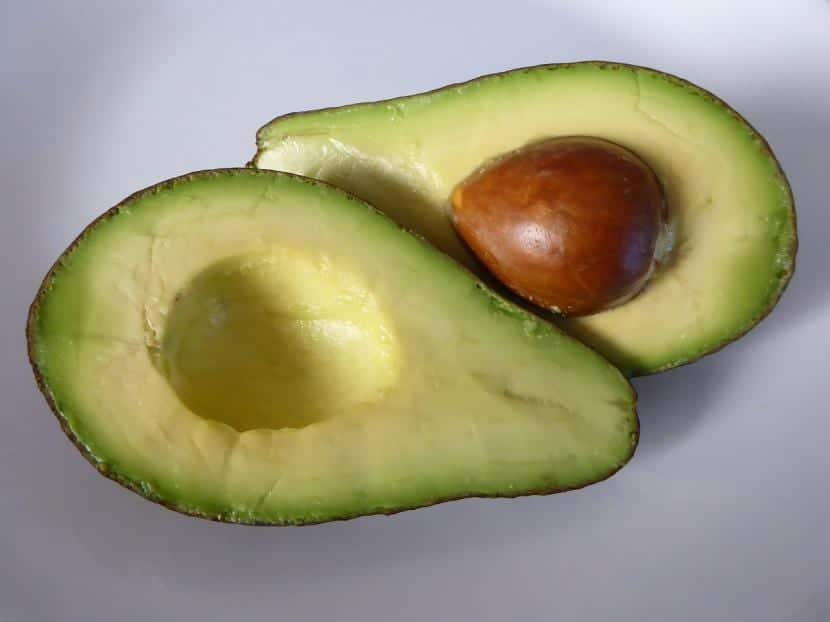

The avocado is a fruit native to Mexico, which has a single seed. Today a variety of more than 400 species of avocadodetermined according to its size, texture, shape and characteristics related to its maturity. There are three races of the fruit: Mexican, Guatemalan and Antillean.
Most consumed avocado types


Hass avocado
This is perhaps the kind of most widespread avocado in the world and therefore most consumed in Spain, it has a light green pulp with a delicious flavor that makes it a consumer favorite. It has a rough skin, of a dark green color that turns purple as it matures.
This avocado is of the Guatemalan type, so it goes without saying that it has a pulp of excellent quality and little fibrous, with a delicate nutty flavor, due to its origin, it is a species that has little resistance to cold. The success achieved by the Hass avocado is so important that In the United States alone, it represents 95% of the avocados consumed in that country..
Lamp Hass Avocado
It is a variety of the common Hass, although larger and rounder. Its skin is a very dark green color, which darkens even more as it matures. Likewise, its abundant pulp is pale green with a slightly creamier consistency than its Hass relative. It has a flavor similar to walnut and its seed is small..
Choquette avocado
It is native to the State of Florida, it is a hybridization of two different species: Guatemalan and Antillean avocado. It has an oval appearance, its skin is soft, bright green, and has a high water content. Soft pulp with a creamy and delicious flavor. It is a crossing of avocado of the Guatemalan type with a fairly large Antilleanto the point that it can weigh more than a kilogram. When you cut on its surface, it releases a smooth liquid.
Avocado Gwen
It is a descendant of the Hass avocado developed in the State of California. It is round in shape, thick and rough skin, green throughout its ripe stage, slightly more voluminous than the Hass avocado. From small to medium seed, creamy pulp with an extraordinary flavor. Despite its thick and rough skin, it is a avocado very easy to peel.
Lula avocado
It is a species native to southern Florida, its appearance is similar to a pear, with large seeds, dark green and shiny skin. It is an avocado that grows very fast and adapts to a wide variety of climates, including cold ones. The great enemy of this species is the coastal fungus.
Mexican Avocado


It is a variety native to Mexico, hence its name. Very dark purple in color, practically black; its skin is thin and soft in texture, with large seeds. It is a fruit that has a pulp of excellent quality and very exquisite. There are those who claim that its flavor is similar to anise. In addition to its rich pulp, its skin is also edible.
Pinkerton avocado
Unlike other types of avocado that have an oval or pear shape, the Pinkerton has an elongated shape. Rough skinned, thick, green in color. Its seed is small and its pale green pulp is rich in oils and offers a very delicious nutty flavor. It adapts well to different soils and climates, tolerates cold and frost.
Reed avocado
It is named after its creator James Reed, who developed it in the late XNUMXs. It has a round appearance; thick skin but with a smooth texture to the touch, dark green and shiny, it is one of the largest avocados known. Its pulp is golden and has a nutty flavor, soft on the palate, so some think it is the best-tasting avocado.
Brogdon avocado
It is an ideal avocado to grow in cold regions, it is a fast growing species. It is a medium-sized avocado, with a weight that ranges from 400 to 700 grams. His skin is extremely thinto the point that it is difficult to peel. Its skin is dark green to purple, prized for its rich buttery flavor.

